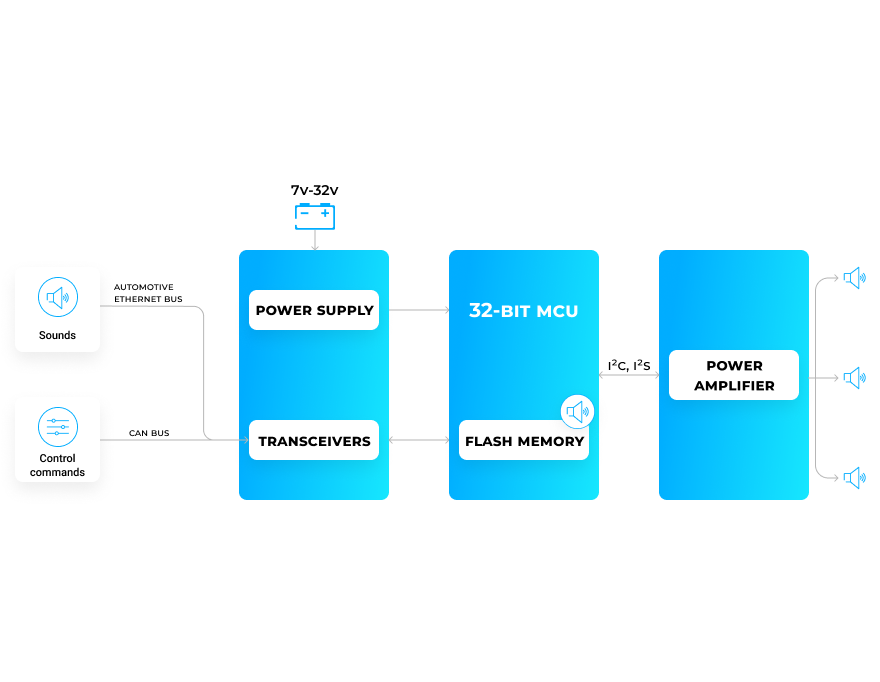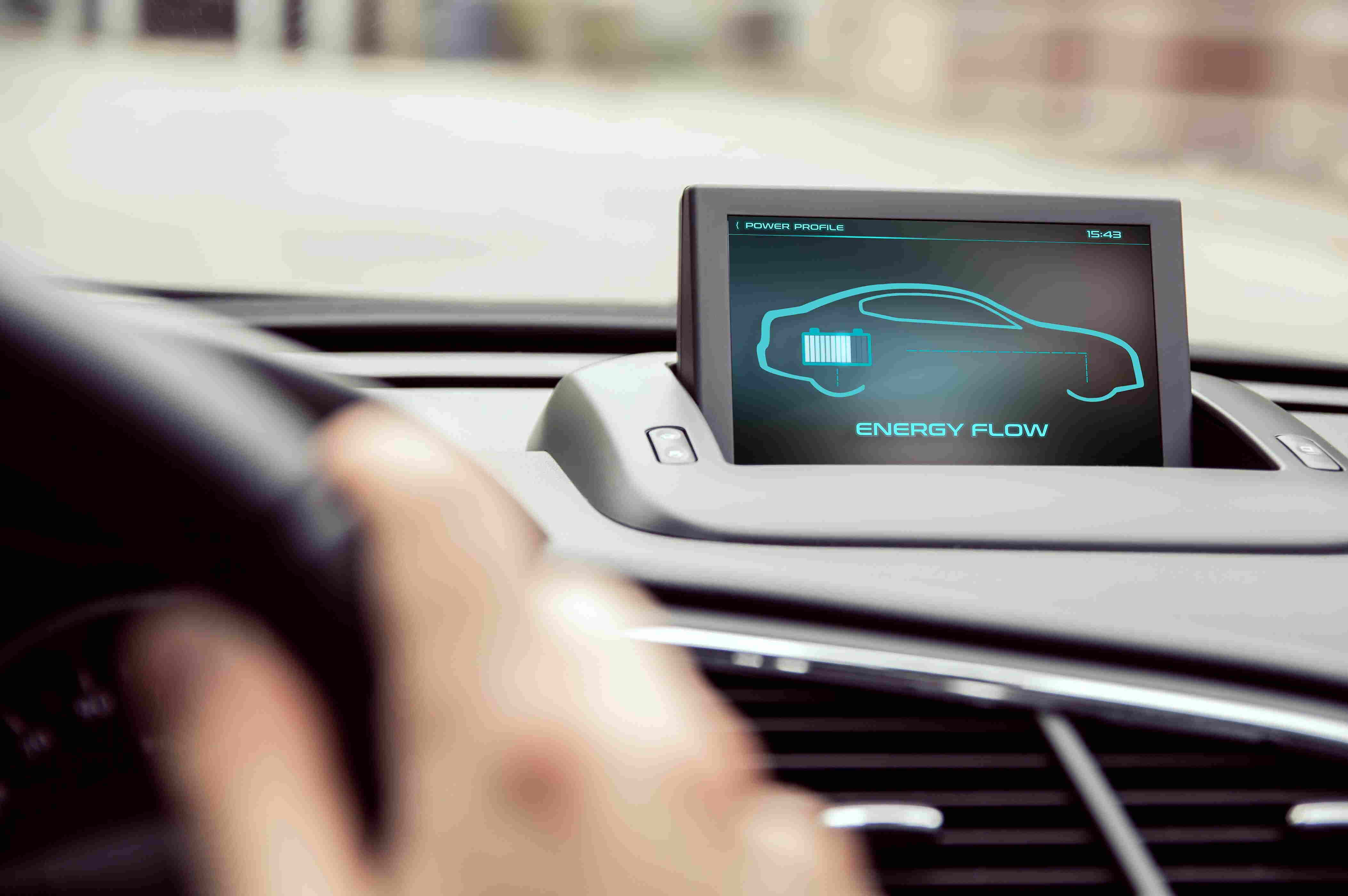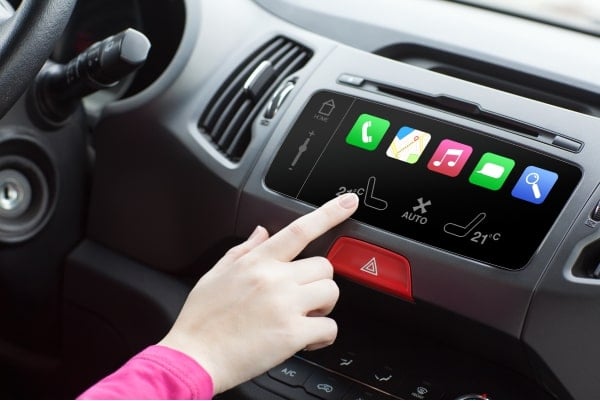Check out our latest blog article: From component to enterprise – modular robotics done right.

Acoustic Vehicle Alerting System (AVAS) for Electric Cars
Reproducing realistic engine sounds in real time
An electric car manufacturer wanted to develop an AVAS device for electric vehicles. According to obligatory regulations, the solution had to simulate engine noises.
Case Highlights
Project Information
T&M (time and materials)
Scrum
Hardware Developers
Firmware Developer
Project Manager
Problem
Electric vehicles produce less noise than those with traditional combustion engines. This can be dangerous for pedestrians as they may not hear cars approaching. To remedy this issue, EU Regulation No. 2017/1576 obligates all manufacturers to equip their electric vehicles with AVAS.
The client asked Softeq to help them develop an AVAS device that imitates engine noises. The scope of work spanned electronics design, enclosure design, and firmware development. We were also tasked with testing and debugging the solution.
Solution
-for-Electric-Cars.jpg)
AVAS Device Composition
The device consists of a small control unit, flash memory, and CAN / Automotive Ethernet transceivers.
The solution is capable of reproducing realistic engine sounds in real time as the car moves, accelerates, decelerates, starts, and stops. The system supports audio playback in three vehicle zones through external loudspeakers. Compliant to the ISO 7637-2 standard, the device has a wide 7 V to 32 V operating input voltage range along with a surge protection scheme, and is therefore suitable for both cars and trucks.
Device Control and Audio Playback
Controlled via the CAN interface, the device features two sound transmission options.
The device is controlled via the CAN interface. Supported commands:
- Waking up from sleep mode
- Start playing the required sound
- Stop playing the sound
- Transmission of service information
Depending on speed, driving direction, acceleration, braking load, etc., the suitable sound will be transmitted from the multimedia unit via Automotive Ethernet or loaded from the internal memory.
To ensure that the sound will be played in sync with engine operation, we provided the solution with the possibility of mixing and cycling audio as well as playing sounds with a delay.
Innovate with Confidence
Turn to us to integrate advanced digital capabilities into your automotive solutions See how
Result
Acoustic Warning System for Pedestrians
Softeq has completed the development of the device. The resulting solution is a flexible system that plays sounds from internal memory or external sources. The device will be integrated in the customer’s vehicle to enhance security on the road.






